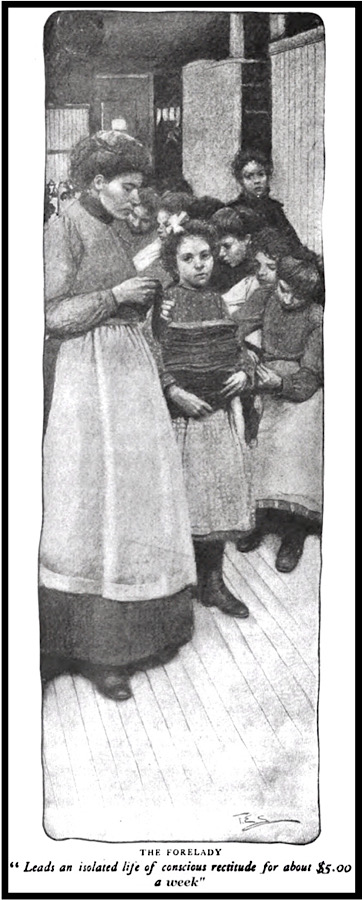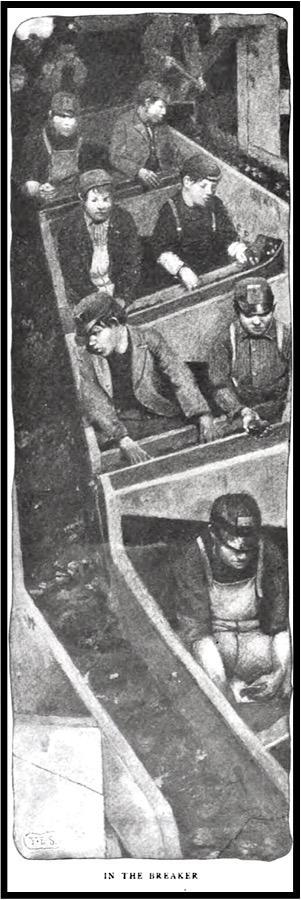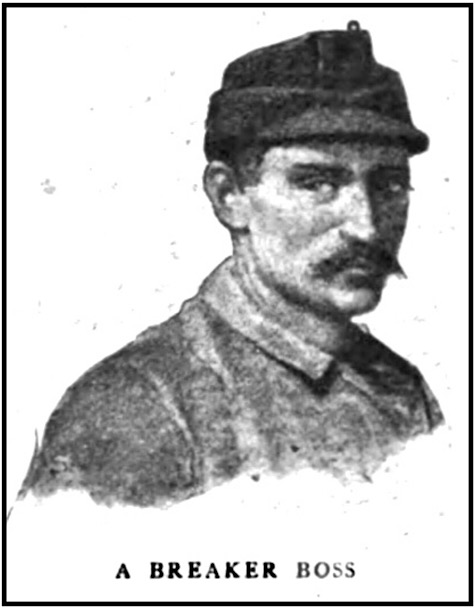 —————
—————
Hellraisers Journal – Thursday September 15, 1904
Part III of III: “Mother Jones & Her Methods”-Shines Among Workers
From the Boston Sunday Herald of September 11, 1904:
[FROM OUR SPECIAL CORRESPONDENT.]NEW YORK, Sept. 9, 1904
“MOTHER” JONES’ CONDUCT WITH FRIENDS AND ENEMIES
—————She Shines Among the Workers.
—
The mother nature which is so strong in this remarkable woman as to have given her her beautiful soubriquet is not revealed among the ordinary surroundings which come to her during her brief sojourns in Chicago, New York or Washington, but is at once ready to shine forth when she is among the workers whom she calls her children-the girls of the silk mills, the men in the coal fields, or in the humble homes among the mothers and children.
In the strike of 1900 in Pennsylvania she started out one evening from Hazleton to go to Macadoo [McAdoo], to address a local union of miners. On the electric car she sat by the writer quietly observant of the other passengers. No one was as yet aware of her personality. Looking across at a young man and young woman who were sitting closely together, comparing two much thumbed note books with their heads quite close together, Mrs. Jones said: “Look at the dear children; they are comparing their savings. They are lovers, wondering how long it may be before they will be able to marry.”
There was a smile of tenderness on her face which did not wane when at transfer station some noisy youngsters outside discovered her and set up a cry of “Mother Jones! Mother Jones!”
“That’s so, children,” she said, standing up and leaning out of the window to them. “This is old ‘Mother’ Jones going to talk to your fathers and mothers. Are you union boys and girls?”
“You bet we are; hurrah for Mother Jones! Hurrah for Mother Jones!”
The youngsters kept pace with the car, and when the old lady stepped off they made her an escort as she walked to the hall, crowding and pushing to get close to her, to touch her dress, to hold her hand, to look up into her face and to shout the tidings that she was coming. When she reached the hall it was filled with men, who respectfully made way for her, and she passed among them to the platform.
After talking to them for a short time about the progress of the strike, and about a particularly obstinate body of workers at the Coleraine colliery, she told them that she had a plan, and asked them to clear the hall and send the women of their families to her. The men immediately yielded to her suggestion without understanding her intention, for she had worked so long among them as an organizer that they had faith in her judgment.
In about half an hour a strange audience had assembled. there were old, bent women of 70 and young, fresh-faced girls of 16. There were young matrons with babes in their arms, and women faded before their time. The faces that looked up from the rude benches of the strikers’ hall were at first only curious, or somewhat shy and embarrassed.
Walking to the edge of the platform “Mother” Jones stretched out her arms to them, and in her thrillingly sweet voice said, “Sisters!” A perceptible wave of emotion like the breath of wind sweeping the long grasses of downs and meadows passed over her audience. Still the women waited, wondered, watched.
“In the old revolutionary days,” said “Mother” Jones, “your mothers were heroes, as well as your fathers.”
The faces awoke; the souls back of them kindled. For an hour the speaker walked to and fro telling the deeds of mothers of the past, of sisters and wives. The listeners drew nearer. They leaned their elbows on the platform and lifted their faces to drink in her words. Their bosoms heaved and the tears rolled unheeded down their cheeks, but quickly the smiles flashed out again at the will of the speaker. She was explaining to them a plan to march by night through the mountains to surprise at dawn the body of workmen who had refused to strike, and by soft words and cajoleries to woo them to make common cause with their fellows. For who would stop a body of women carrying flags and singing.
“To Colerain-ah!” they whispered among themselves, and then broke out tumultuously: “We’ll go; yes, tonight; to win the boys of Colerain.” Continue reading “Hellraisers Journal: Part III: “Mother Jones & Her Methods -Personality & Power of This Aged Woman”-Boston Sunday Herald”

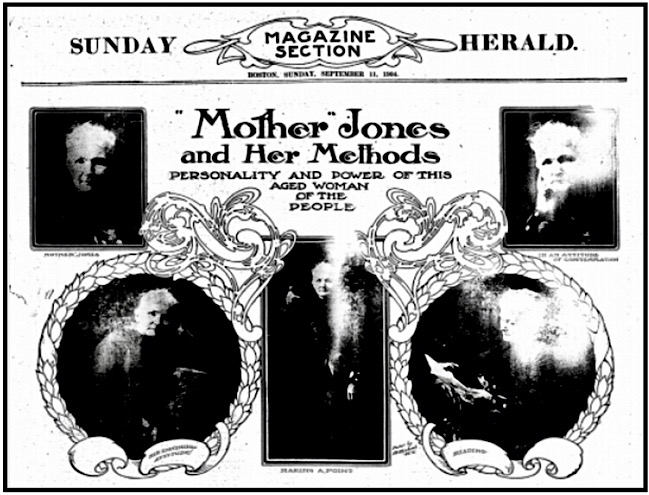
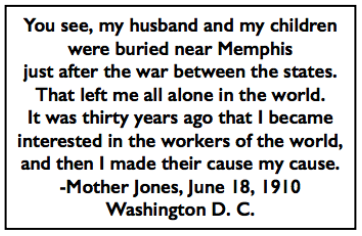 —————
—————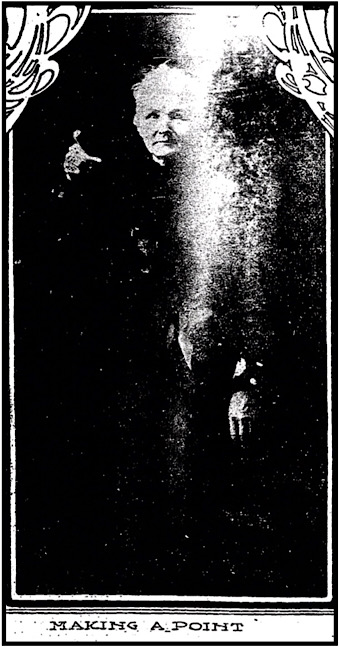 “Mother” Jones is an old woman, perhaps about 62 years of age. Her hair is white as snow, her eyes bright blue. She has a sweet, womanly mouth, and a pink flush in her cheeks. She is robust and healthy in appearance, with a good matronly figure. In dress she is quite plain, often almost shabby; though there is a neatness, almost a daintiness, about her which always gives her an agreeable appearance.
“Mother” Jones is an old woman, perhaps about 62 years of age. Her hair is white as snow, her eyes bright blue. She has a sweet, womanly mouth, and a pink flush in her cheeks. She is robust and healthy in appearance, with a good matronly figure. In dress she is quite plain, often almost shabby; though there is a neatness, almost a daintiness, about her which always gives her an agreeable appearance.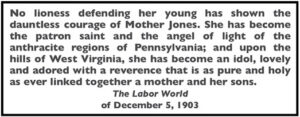 —————
—————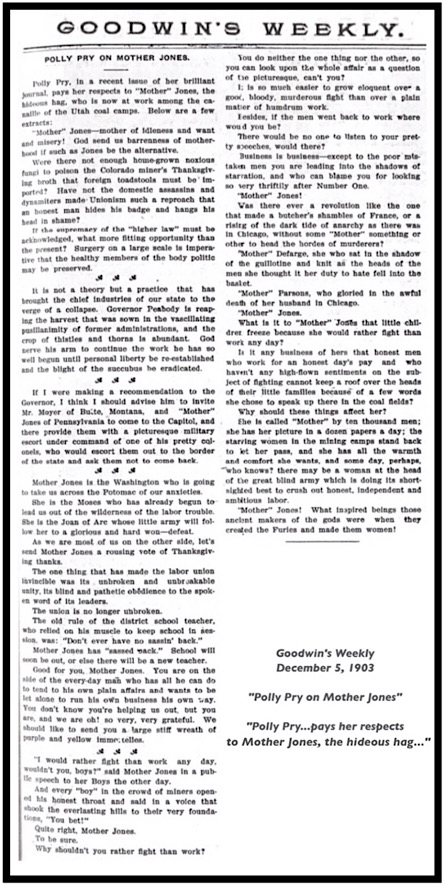
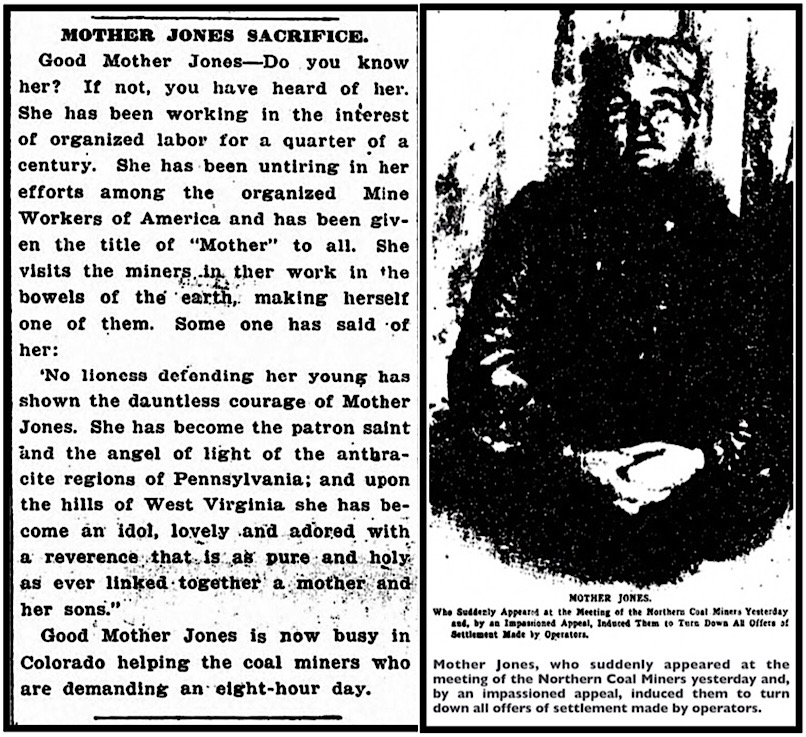
 —————
—————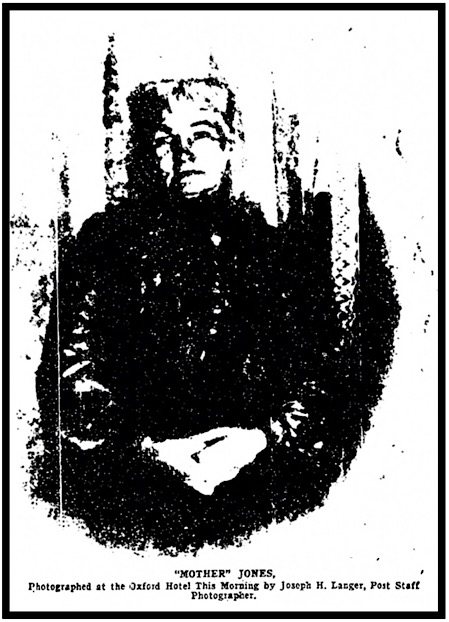
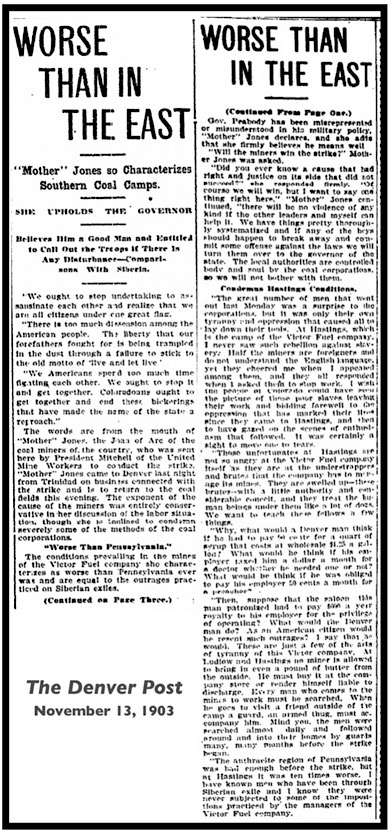
 —————
—————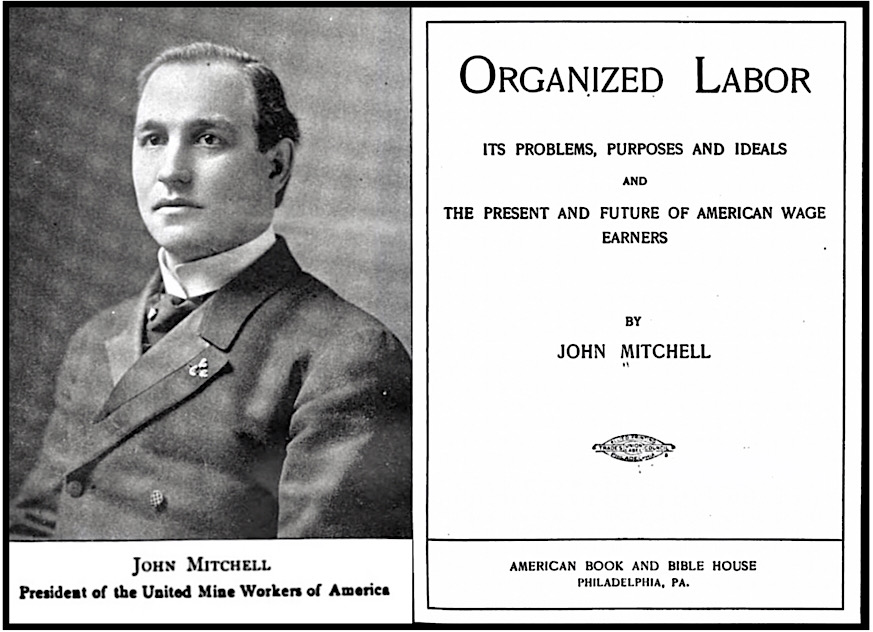
 —————
—————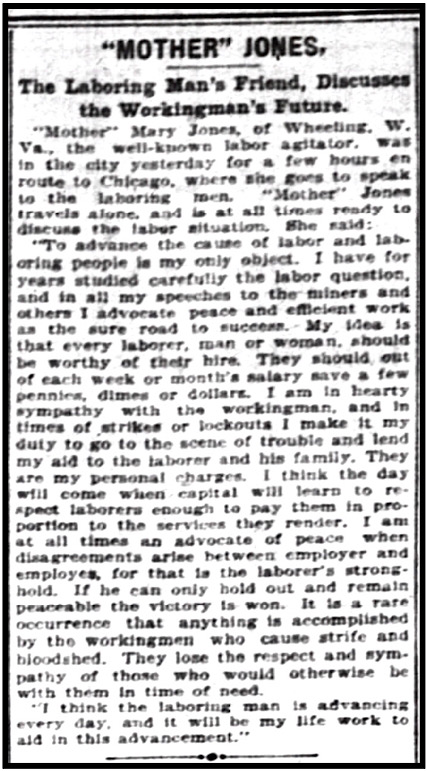
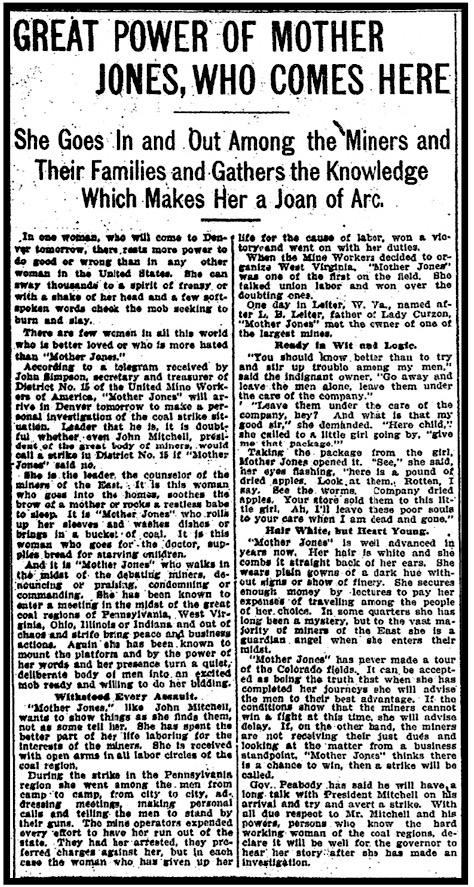
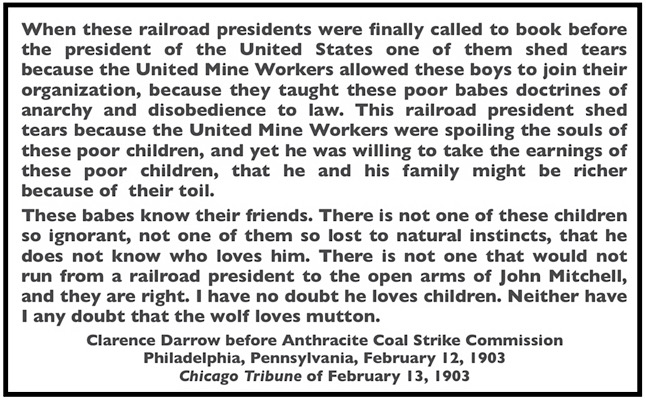 —————
—————
 —————
—————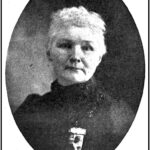
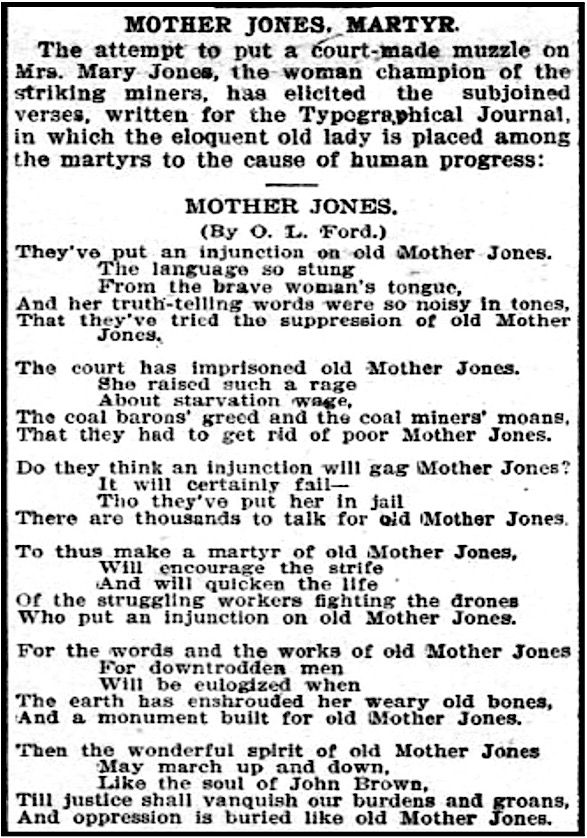
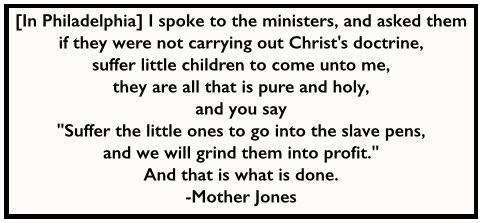 —————
—————